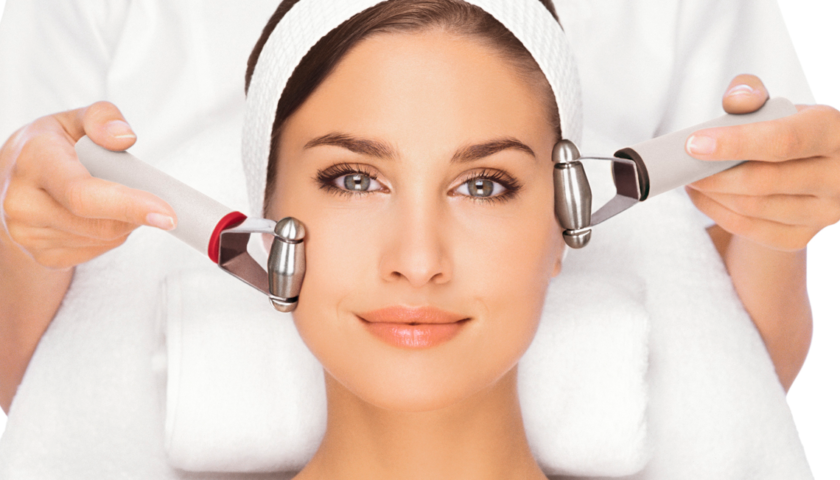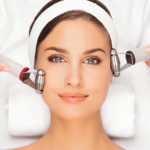THE WHAT? L’Occitane has reported continued ‘positive momentum’ despite ‘ongoing headwinds’ in certain markets, with sales growth in the three months ended 30 September 2022 accelerating to 24.9 percent at reported rates or 16.2 percent at constant rates.
THE DETAILS In the six months ended 30 September 2022, net sales amounted to €900.5 million, representing an accelerated growth of 24.2 percent at reported rates and 16.1% at constant rates.
According to a press release, “The situation in China, the Group’s largest market in APAC that accounted for 13.0 percent of overall sales in FY2023 H1, also improved in FY2023 Q2.
“All key brands posted growth in FY2023 H1, with major contributions from Sol de Janeiro, Elemis and L’Occitane en Provence. L’Occitane en Provence grew 9.4 percent at reported rates and 3.4 percent at constant rates. Travel retail rebounded stronger and earlier than planned. Brick-and-mortar channels were dynamic while online channels normalised.”
All three key channels saw growth in FY2023 H1. Wholesale & others grew 50.9 percent at constant rates, with dynamic growth in wholesale chains, international distribution and travel retail.
Retail also saw an increase in footfall and tourist sales and grew 4.4 percent at constant rates despite trading with 121 fewer stores. The total number of own retail stores was 1,380 as at 30 September 2022, representing 121 net closings year to date, of which 110 closings were in Russia.
Online channels returned to growth in FY2023 Q2, leading to 2.2 percent growth at constant rates in FY2023 H1. The Group’s online channels mix remained stable at 29.4 percent of total sales.
THE WHY? The ongoing momentum was attributed to the Group’s dynamic new brands, rebound in travel retail and distribution and foreign currency exchange tailwinds.
André Hoffmann, Vice-Chairman & Chief Executive Officer of L’Occitane, said, “Despite a worsening of the global macroeconomic environment in FY2023 Q2, including persistent inflation, increasing interest rates and muted consumer sentiment in some markets, it is pleasing to see a further acceleration in top-line growth, both on an actual and like-for-like basis. This has strengthened our optimism about reaching our FY2023 targets.
“We have a proven track record of resilience in the face of various headwinds. Our diverse reach, both in terms of brands and geography, will continue to see us through the months ahead, particularly in anticipation of the holiday season.”
Injectable aesthetics are popular due to their ability to provide noticeable results with minimal downtime compared to surgical procedures. They are versatile and can be tailored to meet individual aesthetic goals, whether it's enhancing lips, restoring facial volume, or smoothing out wrinkles. However, they should always be administered by qualified professionals to ensure safety and achieve optimal results.
Injectable aesthetics are used to enhance facial features, reduce the signs of aging, and improve overall facial symmetry and appearance.
Key types of injectable aesthetics include:
-
Dermal Fillers: These injectables are used to add volume, fill in wrinkles and folds, and enhance facial contours. They often contain substances like hyaluronic acid, collagen, or calcium hydroxylapatite, which help plump up the skin and smooth out fine lines and wrinkles.
-
Botulinum Toxin (Botox): Botulinum toxin injections temporarily relax facial muscles that cause wrinkles and lines to form. It is commonly used to treat forehead lines, frown lines between the eyebrows, and crow's feet around the eyes.
-
Collagen Stimulators: These injectables stimulate the body's own collagen production, helping to improve skin texture and firmness over time. Examples include poly-L-lactic acid (Sculptra) and calcium hydroxylapatite (Radiesse).
-
Neurotoxin Injections: Besides Botox, other neurotoxins such as Dysport and Xeomin are used similarly to reduce wrinkles and lines.




